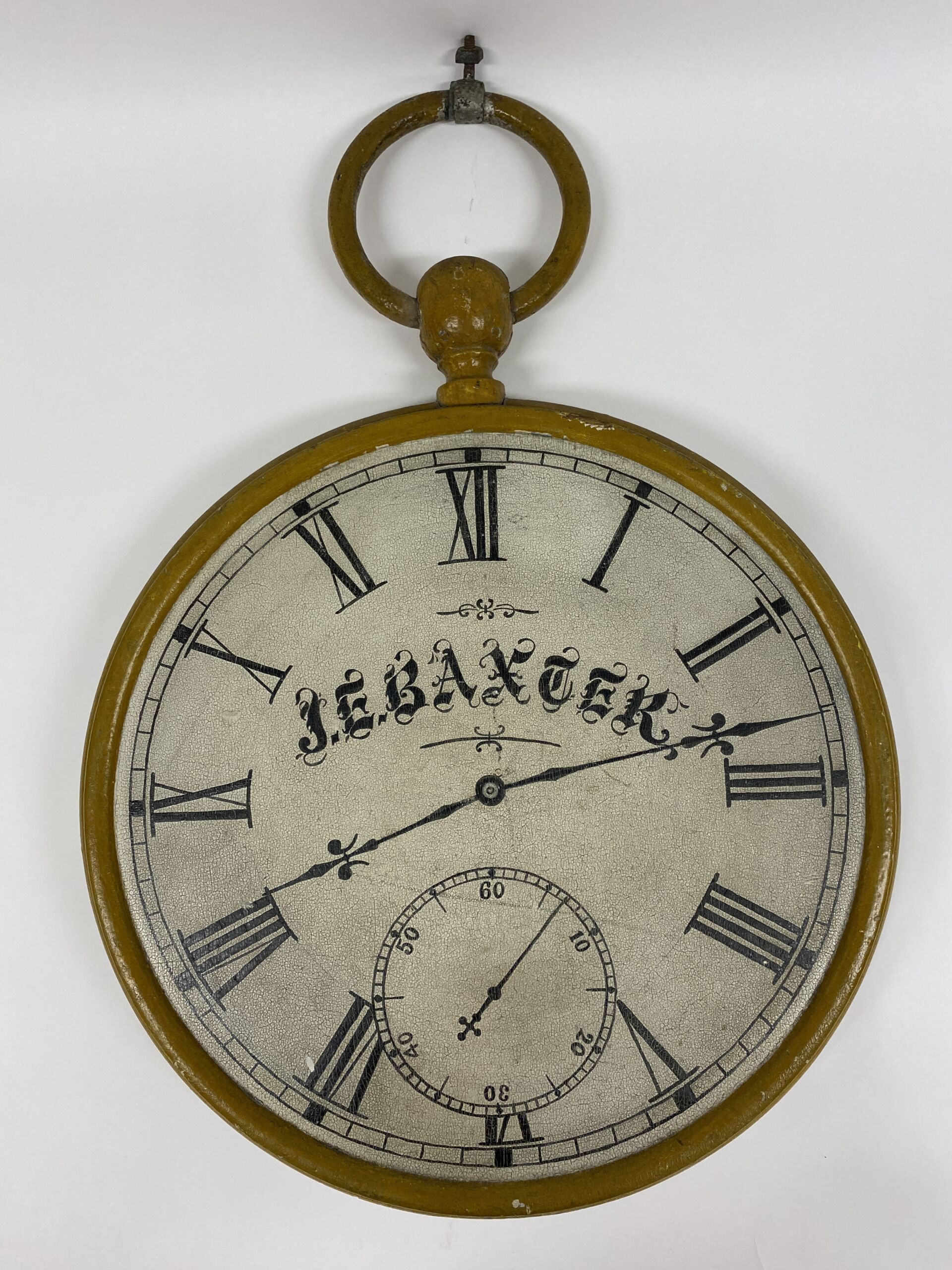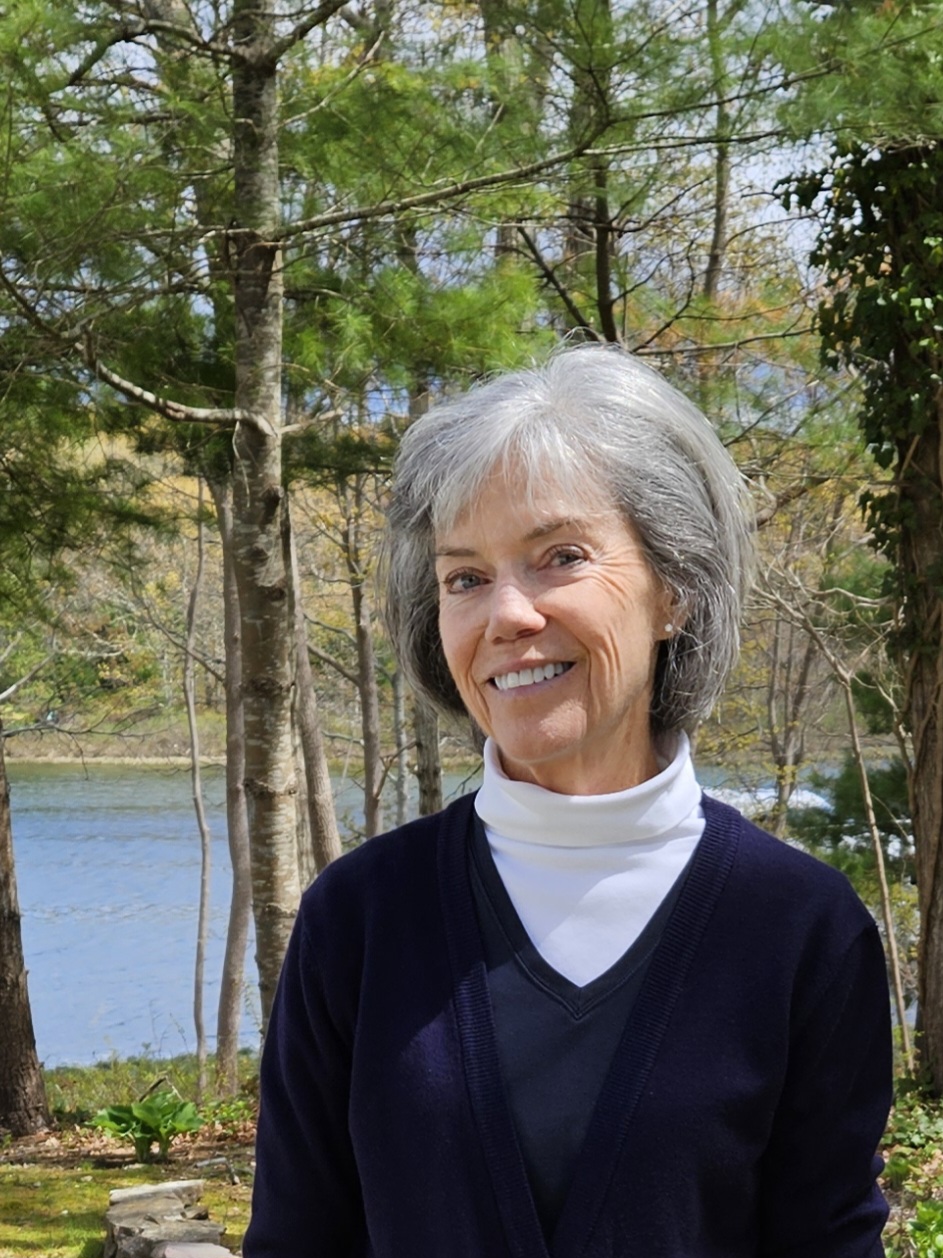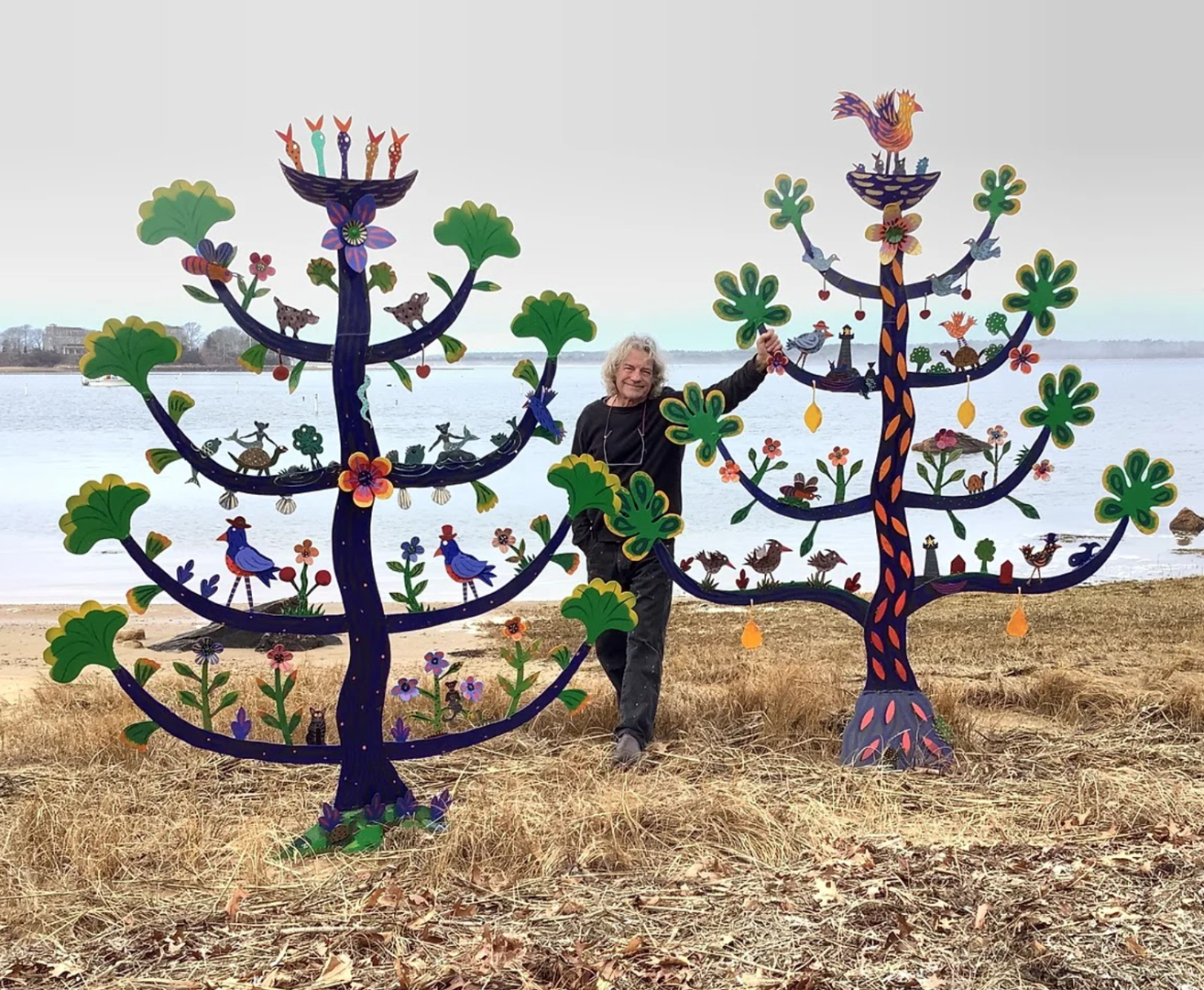Where Have All the Flowers Gone – and Yet Another Chapter in 2023
Mal’s Corner – CCHS Spring 2023 Newsletter
As most of you know, I do follow the weather patterns fairly closely and am especially concerned with major deviations, particularly the sudden and severe cold events with temperature declines of 25 to 30 degrees in 24 hours or less. The cause of my sensitivity is easily guessed – it is totally associated with the lack of bud cold- hardiness of our beloved Hydrangea macrophylla species and the subsequent loss of bloom development the following summer.
Winter 2023 includes November and December 2022 for my review, Temperatures were moderate through the late autumn with slow decline into January. Our deciduous hydrangeas descending nicely into winter dormancy prompted by a good pattern of short periods of above and below freezing temperatures. We had virtually no measurable snow but rainfall was good and groundwater conditions improved. The general weather pattern was quite modest – clearly a Zone 8 temperature range – +10F to +20F. Pretty great for all Hydrangeas!
But, the weather forecasters were on to it during the last few days of January. A serious weather event – a Polar Vortex – with severe cold and strong winds – would descend on the Northeast over the first weekend in February. And so it did! Here’s my approximate time and temperature (and wind) line.
Friday, Feb.4: The mid-afternoon temp (high for the day) occurred about 2:00 pm – 43F. The forecasted Polar Vortex arrived gradually after nightfall but became intense quickly with severe wind from the NW & WNW throughout the night. Temperature dropped rapidly and wind gusts exceeded 50+ mph in Yarmouth Port.
Saturday, Feb.5: By 7:00am the temperature was down to -5F at my YP home (it was -8F at Heritage). By mid- morning the wind had begun to subside and the temperature began to rise very slowly over the balance of the day and throughout the night.
Sunday, Feb.6: Air temperature at 7:00am was ‘up’ to +18F. By 3:00pm it had risen to +42F. The ‘PV’ was over, having lasted perhaps 40 hours in total. The very modest ‘Zone 8 Conditions’ returned for the balance of winter BUT, the suddenness and severity of the temperature drop – plus the fierce desiccating effect of the wind – had struck a major blow to our H. macrophylla flowering for 2023.
Here’s a little pictorial collection from Heritage and my garden taken over the past few days. We’ll start with the Display Garden at Heritage.

 On the left (photo 1) we’re looking into the basal crown of H. macrophylla ‘Fasan’ – one of the ‘Legacy’ group having splendid flowers but poor bud-hardiness. Very little new growth is visible.
On the left (photo 1) we’re looking into the basal crown of H. macrophylla ‘Fasan’ – one of the ‘Legacy’ group having splendid flowers but poor bud-hardiness. Very little new growth is visible.
Even the somewhat ‘tougher’ group were hit hard. On the right (photo 2), ‘David Ramsey’ shows only modest new basal growth, but a couple of very low-level stem buds are showing some development.

 These two views (photos 3 & 4) are the H. mac cold-hardy champion ‘Lady in Red’. There are other plantings of this cultivar in the Test Garden and other locations at Heritage. Some bud loss is to be expected but my overall assessment is for decent flowering. Once again, it may well be the shining star for flowering reliability at Heritage – and elsewhere.
These two views (photos 3 & 4) are the H. mac cold-hardy champion ‘Lady in Red’. There are other plantings of this cultivar in the Test Garden and other locations at Heritage. Some bud loss is to be expected but my overall assessment is for decent flowering. Once again, it may well be the shining star for flowering reliability at Heritage – and elsewhere.

 This is the first plant (photo 5) in the H. quercifolia ‘Snowflake’ row behind the stone wall on the left side at the east entrance to the Display Garden. Bud growth is obvious over the entire plant and is possibly a little behind for late April given our somewhat cooler March and April this year.
This is the first plant (photo 5) in the H. quercifolia ‘Snowflake’ row behind the stone wall on the left side at the east entrance to the Display Garden. Bud growth is obvious over the entire plant and is possibly a little behind for late April given our somewhat cooler March and April this year.
All the H. arborescens cultivars are breaking bud nicely with strong new growth projected. Photo 6 above shows ‘Bar Harbor’.
Interesting to note – the H. arborescens and H. macrophylla are normally about equal in terms of bud development at this time of April.
Now over to the Test Garden at Heritage. The ‘H. mac Bud Failure’ is widespread throughout the property. Only selected locations that have some shield from the wind offer possible hope. Other than last year’s new plantings, I believe mature plant failure will be minimal. The plants will survive – just another green bush in the garden. As we’ve witnessed in past ‘recovery’ growing years, new vegetative growth can be expansive as a reflection of a major comeback from a true battle.

 The left photo (photo 7) is one of a group of three ‘Lady in Red’ plants just east of the fountain in the Test Garden. Like the original plant in the Display Garden, this trio looks strong with good bud development underway. ‘Tuff Stuff’ is the H. serrata plant in the pic on the above right (photo 8). It is also one of a trio in the above wall region just south of the fountain. The H. serratas overall look quite good; they appear to possess just enough bud hardiness to largely survive most major events like Polar Vortexes.
The left photo (photo 7) is one of a group of three ‘Lady in Red’ plants just east of the fountain in the Test Garden. Like the original plant in the Display Garden, this trio looks strong with good bud development underway. ‘Tuff Stuff’ is the H. serrata plant in the pic on the above right (photo 8). It is also one of a trio in the above wall region just south of the fountain. The H. serratas overall look quite good; they appear to possess just enough bud hardiness to largely survive most major events like Polar Vortexes.
A few observations from my garden are worth noting: The degree of bud loss on in-ground plants is virtually identical to that at Heritage – and I suspect to most of the Cape, even to our easternmost coastline.

 ‘Summer Crush’ on the left has become one of my favorites (Photo 9) – both at Heritage and in my own garden. It has heretofore shown very good bud cold-hardiness but this year appears to have altered that attribute. In the above left (photo 10), there are two large ‘Twist N Shout’ plants with a comparably sizeable ‘Mathilda Gutges’ between; the ‘three’ occupying the east wall of my Nursery Shed. This site is largely protected from the west and basal growth and bud survival are above average. Protections of this nature do a lot to modify wind effect.
‘Summer Crush’ on the left has become one of my favorites (Photo 9) – both at Heritage and in my own garden. It has heretofore shown very good bud cold-hardiness but this year appears to have altered that attribute. In the above left (photo 10), there are two large ‘Twist N Shout’ plants with a comparably sizeable ‘Mathilda Gutges’ between; the ‘three’ occupying the east wall of my Nursery Shed. This site is largely protected from the west and basal growth and bud survival are above average. Protections of this nature do a lot to modify wind effect.
Finally, an interesting appraisal of the significance of the cold winter winds’ desiccating (drying) effect on H. macrophylla buds. About 10 days ago, we removed our traditional winter white poly covers from our small cold frames (no heat) and took a few photos ‘inside’ before poly removal and again just after. We also captured the same ‘look’ of our adjacent cold frames that were NOT covered over the entire winter. Believe this is a very convincing illustration of the very negative impact the fierce winter wind can have on our plant material. The single poly ‘skin’ had very little effect on air temperature inside the cold frame; in assessing this weather event, the wind was the difference.

 The left photo (photo 11) is the initial ‘look’ inside this cold frame which was covered in mid-January with 6 mil white poly – a fairly standard winter procedure in the container growing industry. On the right (photo 12) you see a cold frame that unfortunately was not covered. All the photos in this group were taken on April 15. The covered cold frames had not been watered since they were covered. Weeds abound but hydrangea growth is obvious. Given its’ total exposure to the weather, mortality in the uncovered cold frame sadly may reach 90%.
The left photo (photo 11) is the initial ‘look’ inside this cold frame which was covered in mid-January with 6 mil white poly – a fairly standard winter procedure in the container growing industry. On the right (photo 12) you see a cold frame that unfortunately was not covered. All the photos in this group were taken on April 15. The covered cold frames had not been watered since they were covered. Weeds abound but hydrangea growth is obvious. Given its’ total exposure to the weather, mortality in the uncovered cold frame sadly may reach 90%.

 Small containers must be covered for winter if they are to survive. On the above left (photo 13), you see a common stacking arrangement for 1 gallon containers. The cold frame on the right (photo 14) holds smaller 2-quart containers. They wintered fairly well but the absence of watering since mid-January could result in a 20 to 25% loss.
Small containers must be covered for winter if they are to survive. On the above left (photo 13), you see a common stacking arrangement for 1 gallon containers. The cold frame on the right (photo 14) holds smaller 2-quart containers. They wintered fairly well but the absence of watering since mid-January could result in a 20 to 25% loss.
Come on Spring! We need ya Big Time this Year. This February’s Polar Vortex setback clearly reminds us that growing a few H. macrophylla plants in Containers – via our ‘Pot N Pot’ and ‘Bag N Pot’ System – may well be the best thing we can do to insure that a few special H. mac blossoms will ‘predictably’ grace our patios or courtyards in July.
Fortunately, all is not lost! We will once again have the great blooming faithfulness of our H. arborescens, H. paniculata, H. serrata, and H. quercifolia plants. Look after them and reward them – they deserve our very Best!
Great gardening to All, The Ol’ Hydrangea Guy, Mal Condon






